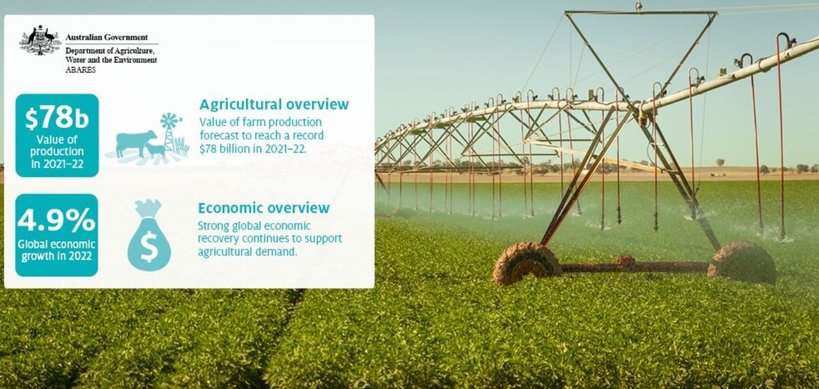Barenbrug Australian Update - Dec 2021
By Robert Hedge
It is very pleasing to report that generally the seasonal conditions in Australia are very positive, and commodity prices are strong.
The majority of Eastern Australia has received very good Spring rain, with many areas also experiencing significant flooding, although not to the extent of what was received during the floods of January 2011. The Bureau of Meteorology officially declared a “La Nina” weather event would influence the weather in Australia until at least February 2022, which traditionally means a wetter & cooler East Coast, and a hotter and drier West Coast. We are certainly experiencing this at present.
The floods have impacted large areas of winter crop that was yet to be harvested, mainly through Central Western NSW, and has certainly affected the Summer Crop planting further North into Northern NSW and Central Queensland.
While the West has experienced its wettest winter season for many years, with above average rainfall over the majority of Western Australia. There is winter crop still to be harvested in the South, with the harvest being drawn out longer than usual, due to localised flooding, however the positive is yields will be well above average, with prices remaining strong for all commodities.
In terms of pasture, due to the wetter winter in the Southern states, there was a significant amount of standing feed in the paddocks, however with the increasing temperatures, this will come back to a more normal hot, and dry summer feel very soon.
And a complete contrast in the North, as we are experiencing a “sea of green” at present, which is forecast to continue well into our summer.
The wet weather in Southern Australia has delayed the harvest of some of our key temperate pasture species, as well as delaying key management opportunities for alfalfa seed crops. We have been somewhat luckier in the Far North, with very few disruptions to the seed harvest. Our growers, like most primary producers worldwide, are facing substantial cost pressures, as the price of many of their inputs skyrocket due to the effects of global shipping costs & disruptions.
The Eastern Young Cattle Indicator, which is a seven-day rolling average of young cattle sold across 25 saleyards in Queensland, NSW & Victoria, achieved record pricing during November, with all other cattle, lamb & sheep classes also proving strong given the amount of standing grass across most of Eastern Australia. To quantify the effect of such a positive season and strong commodity prices, the Australian livestock & cropping sectors gross production is expected to achieve a record result for the 2021-2022 financial year of USD 55 Billion.
Don’t forget to like us on Facebook and follow Barenbrug Australia on Twitter to keep up to date with all the latest news and events.
Please do not hesitate to make contact should you have a specific requirement, and all the best for the selling season ahead.



